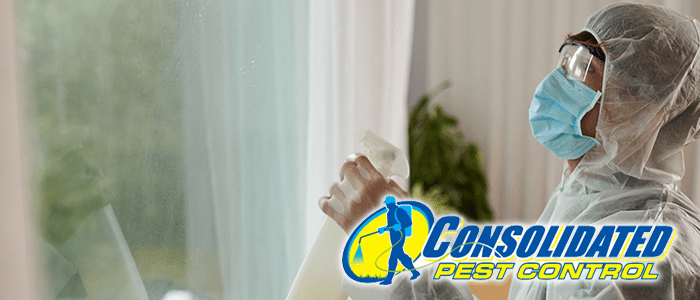
Summer may be winding down, but there are a number of beach pests on the coastline that can ruin these precious few remaining days of fun in the sun. While you might get lucky and have a really brisk breeze coming off the ocean that keeps mosquitoes at bay (har har), there are still some bad critters you should be aware of when spending time on the beaches.
Beaches are exciting, but even the prettiest, most well-groomed sand can and will harbor all sorts of beach pests that could bother you. Let’s learn about a few beach pests and how to keep them away from your family.
Sand Fleas
You hear about these ones a lot, and you may have seen them jumping around after the tide rushes out or when you’ve been digging around in the sand. Even though they aren’t actually insects but tiny crustaceans, they get their name from two very distinct behaviors. One is that they flick their tails against the sand to fling themselves up and jump remarkably high. Two is that they bite! The bites are very similar to flea bites. Even worse, sand flea females can potentially dig their way into your skin and lay eggs. Eugh! That’s the worst!
Try to avoid sitting directly in the sand, and if you’re sitting on a towel, don’t linger too long. An elevated spot like a lounge chair is much less likely to attract their attention. The good news is they stay at the beach and won’t reproduce at home like regular fleas.
Beach Spiders
Your garden isn’t the only place that spiders call home. Wolf and dock spiders are both commonly seen in beach environments and can be found both scouring the sand for meals and in the surrounding wetlands and grassy regions. The beach wolf spider, in particular, might really surprise you. They’ve got stripes and spots on their legs that make them almost invisible against the sand. Their bite is mildly venomous and similar to a bee sting, but they aren’t aggressive. They’ll run away as fast as they can and only bite if you’re really messing with them. Again, sit in a chair, and don’t poke the spiders!
You’re not likely to run into dock spiders, though – those are native to Canada.
Kelp Flies
Beaches, where driftwood, seaweed, flotsam, jetsam, and all sorts of foamy substances wash up, are prone to invasion by kelp flies, also called sand flies. They’re attracted to decaying plant and algae matter and can be seen alongside mites and other creepy crawlies. Most little flies you encounter on the beach aren’t the biting variety, but they can be terribly annoying. Try not to linger around places where something has washed up if they bother you.
Mosquitoes
Alright, we were dreaming a bit when we mentioned that mosquitoes don’t like a strong wind. They don’t like saltwater, either – but they do like any sort of standing water. Pools, fountains, gardens, even grassy patches of beach where freshwater can pool up after rain can be breeding grounds for mosquitoes. If you’re going to be watching the sunset, break out the long sleeves and wear some bug repellent to keep safe.
Aside from mosquitoes and sand fleas, the good news is that beaches themselves are relatively pest-free. Be aware of the wildlife around you, and enjoy your time in the sun, confident that you can handle whatever comes your way. When you’re all done, wash yourself down at the showers to get any sand (and potential sand fleas!) off of you, change out of your swimsuit, and you’ll be safe from bringing home unwanted guests that might linger in your upholstery.








